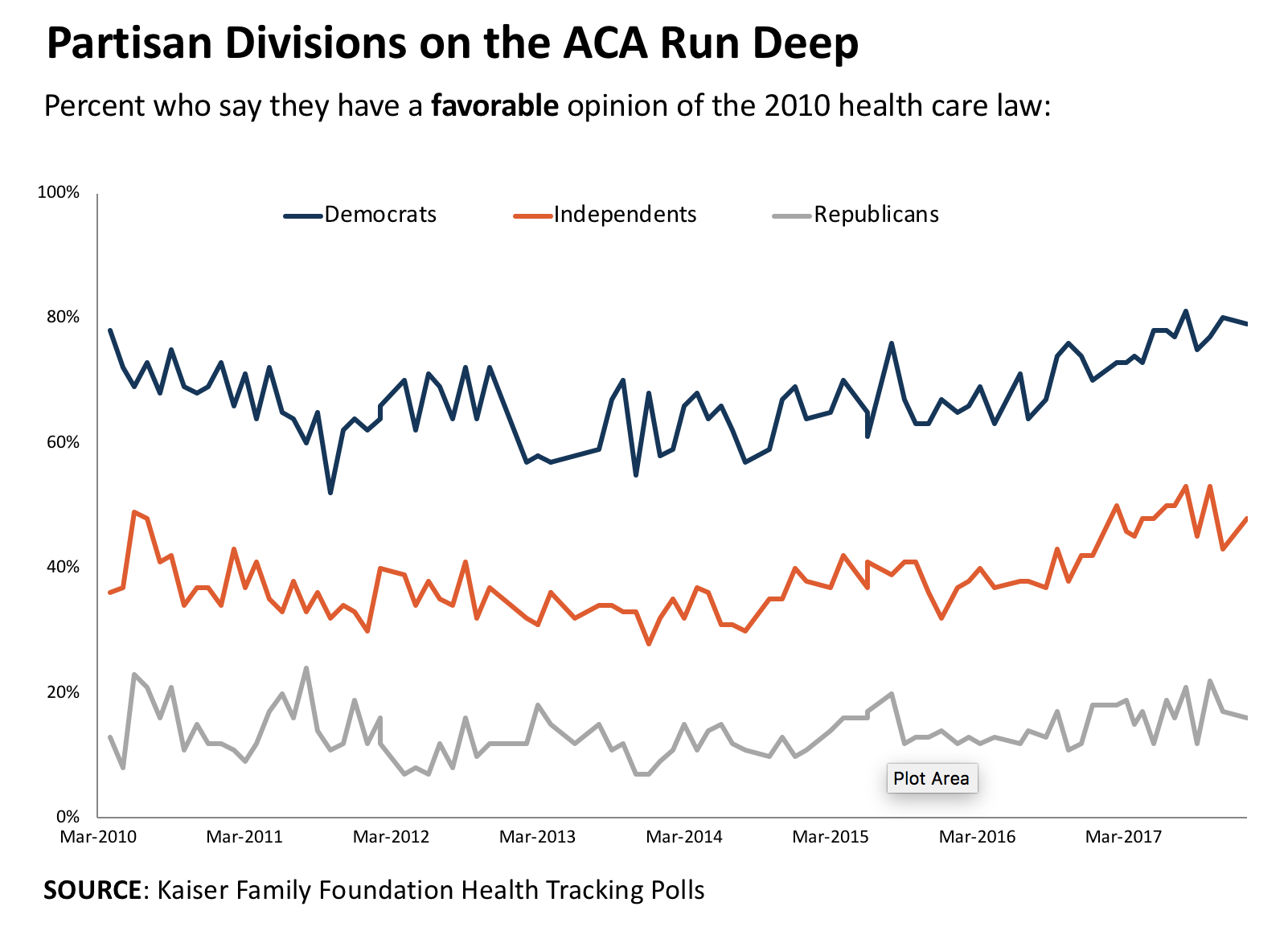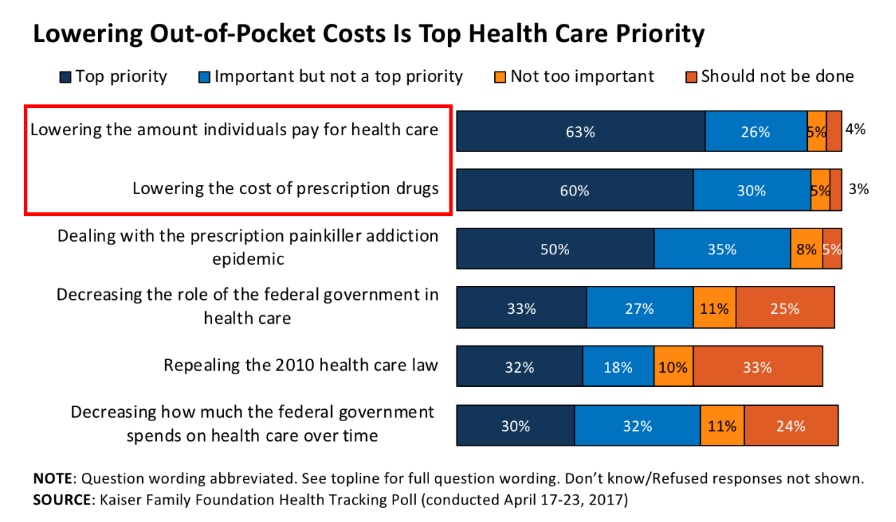Health Care Access & Coverage
Blog Post
Public Opinion and Health Reform
Kaiser Family Foundation’s Brodie on what we can learn from polling the public
As policymakers debate the best way to address pressing health care challenges, one ‘opinion’ that is sometimes drowned out is that of the public. At a recent Penn LDI seminar, Mollyann Brodie, PhD, MS, Senior Vice President for Executive Operations and Executive Director of Public Opinion and Survey Research at the Kaiser Family Foundation (KFF), underscored the value of public polling when it comes to health care policy and politics.
Why is public polling an important tool for policymaking, and politics? For one, Dr. Brodie explained, people vote, and their views matter in determining how they’ll vote. It gives the public a voice in the political system, especially to groups who often don’t have one. Most importantly, it sheds light on how policies are affecting people’s lives. And while public opinion may not tell policymakers what is right, it nonetheless shows them where the public is, and points out where education may be necessary to help people understand their policy options.
Prior to the passage of the Affordable Care Act (ACA) in 2010, Dr. Brodie explained, the success and ultimate failure of each past attempt at health reform legislation was largely correlated with the rise and fall of support from the American public. She presented a consistent pattern: At the beginning of every policy debate, most Americans tend to support the general idea of reform. As the specifics of policy proposals are debated, and as opponents strike fears about potential downsides and changes to the status quo, Americans begin to turn on the idea of reform. By the end of the debate, inaction is “just fine.”
Leading up to passage of the ACA, health care ranked below the economy, the federal budget deficit, and terrorism on the public’s list of top domestic issues. Yet, most Americans thought it was the “right time” to take on health reform. According to a KFF analysis from April 2008, health care costs ranked among Americans’ top personal economic concerns, which could have contributed to concerns about the overall economy.
Although there was widespread agreement about the goals of health reform, policy solutions differed across party lines, with Democrats favoring major reform and Republicans less so. As evidenced by a KFF poll that has tracked the public’s views of the ACA nearly every month since its implementation, this deep partisan divide has persisted, and with remarkable stability. “Democrats favored the ACA from day one (they still do); Republicans hated the ACA from day one (they still do); and independents seem to be in the middle,” Dr. Brodie explained.

While there remains a deep rift in how the public views the ACA, a 2016 KFF poll found bipartisan support for specific provisions of the law, such as allowing kids to stay on their parents’ plans until the age of 26. However, polling also revealed that most people have only a spotty understanding of what the ACA actually does. For example, the uninsured rate decreased substantially because of coverage provisions in the ACA. Yet when Americans were asked in March of 2017 whether the number of people who are uninsured has increased or decreased since the law passed, only four out of ten people knew it had decreased, while three out of ten people thought it actually increased, and the remainder thought it stayed the same.
Democrats favored the ACA from day one (they still do); Republicans hated the ACA from day one (they still do); and independents seem to be in the middle.
Dr. Brodie emphasized that the public’s limited understanding of the ACA is a “real danger,” because it means they can be heavily influenced by how issues are framed. Citing results from a 2014 KFF poll asking about the individual mandate, she highlighted the public’s “malleability of opinion,” or tendency to change opinion when new information is introduced. While favorability of the individual mandate was low when presented on its own (35 percent), when people were reminded that they could keep their current insurance and not get fined, favorability shot up to 62 percent.
Despite differences in opinion with respect to the ACA, there is one common concern that cuts across party lines: health care costs. However, Dr. Brodie stressed, when those polled talk about ‘costs,’ they’re not referring to overall health care costs, bending the cost curve, or cutting spending on Medicare and Medicaid. Rather, when people indicate costs as a problem, they are referring to the costs they pay out-of-pocket, especially for prescription drugs.

As both Republicans and Democrats forge their health care agendas, they’d be advised to look at public polling. For Republicans, state-led changes to Medicaid are a high priority. However, support for the Medicaid program may be more robust than some think. KFF polls have found that a large share of the public (74 percent) have a favorable view of Medicaid, and about half (52 percent) believe the program is working well for most people covered. For Democrats, a ‘single payer’ plan has the support of left-leaning members of the Senate, and some have suggested a groundswell of public support for it. However, KFF’s polling indicates that rather than a groundswell, there has been a small uptick in support over time. Interestingly, under threat, the ACA has seen its highest level of favorability since 2010.
Looking ahead to the 2018 midterm elections, Dr. Brodie predicts that health care will be an important talking point for candidates, especially in states exploring state-level reforms. KFF polling has shown health care to be a key issue to voters, particularly Democrats, but it drops down on the list of priorities in battleground races. Candidates have their work cut out for them to better understand their constituents’ views on health care, but clearly they have an opinion, and it would be wise to understand it.